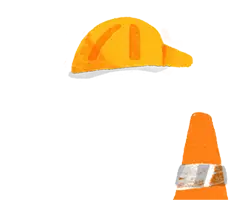Part 10Institutions
Judges of the court
209Full court
The Chief Judge may direct that the court must sit as a full court to hear and determine any proceedings, case, or question.
The full court comprises,—
- as presiding member, the Chief Judge or a Judge nominated by the Chief Judge:
- at least 2 other Judges nominated by the Chief Judge.
Compare
- 1991 No 22 s 119


